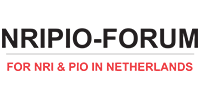Suggest some secure banks in the Netherlands?
-
• ABN AMRO (in English) • Rabobank • ING • SNS Bank • ASN Bank • Triodos Digital / Mobile banks • bunq (in English) • Revolut (in English) • Knab Once you have selected your bank you should check out the details of the accounts offered to see whether they suit your needs and requirementsRead more

